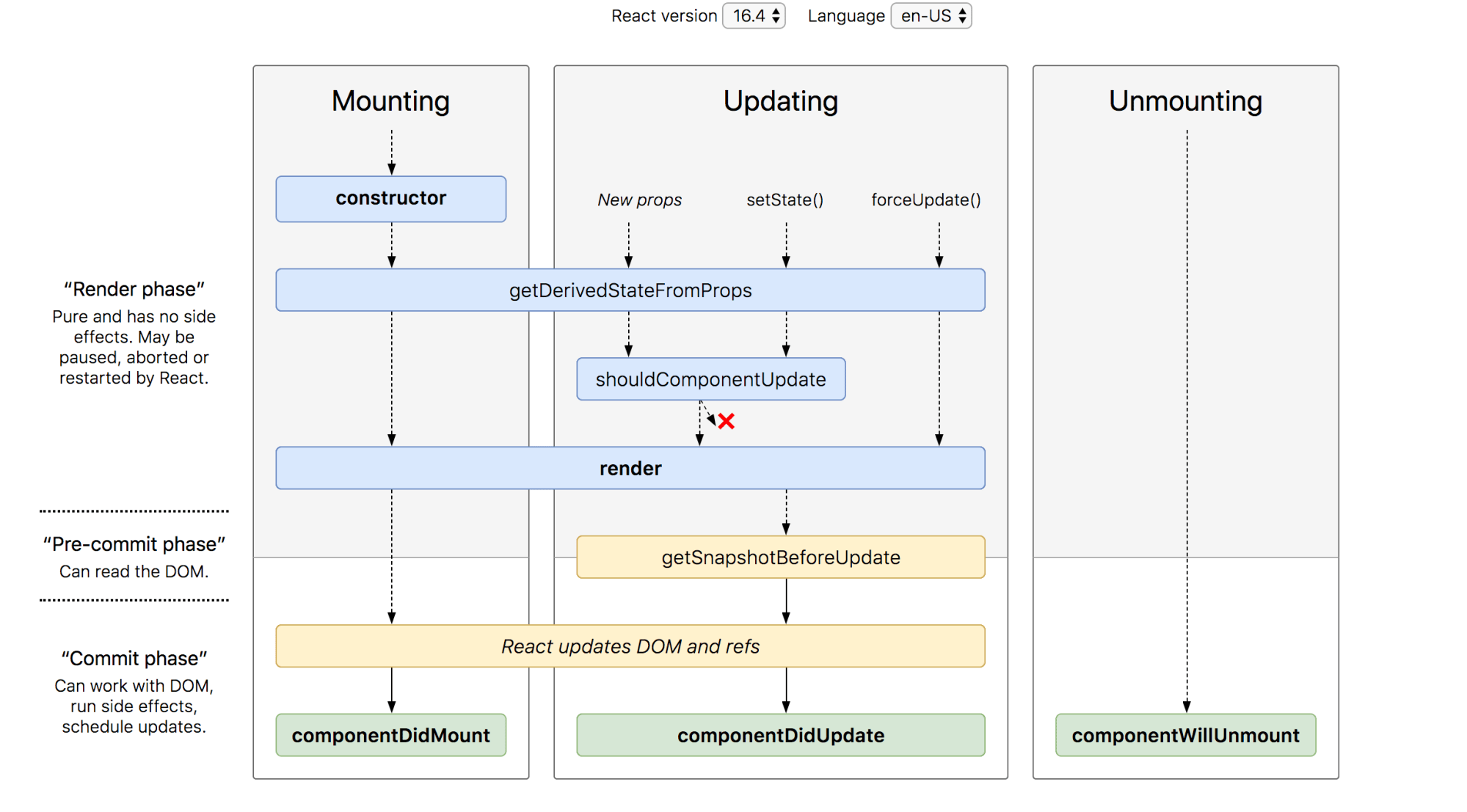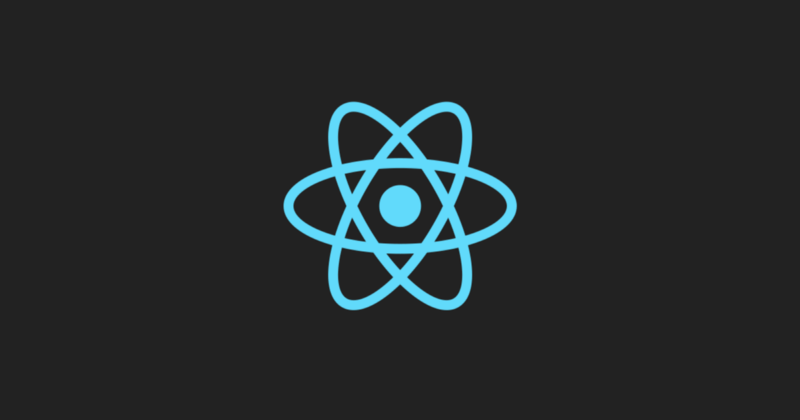It’s nearly the end of 2019, and you think you might finally be ready to get started learning ReactJS. You hear it’s become the most popular front end JavaScript framework. You sit down at your computer, and are ready to give it a go. Starting off, you probably jump straight in with Facebook’s official React tutorial. After that maybe another tutorial on medium. You do some reading here and there, and if you are like me, you end up pretty confused. You hear terms like “props”, “state”, “virtual dom”, “ES6”, “babel”, “webpack”, “higher-order components”, “Redux”, and much more. Soon you realise that learning React is not as easy as you once imagined and either quit or confusedly persevere on.
Does this sound like you? Because this is exactly how I felt when I started learning React. All I wanted to do was set up a simple React app, and I was getting very confused. I thought React had a fairly difficult learning curve, and I was feeling pretty overwhelmed.
I soon realised that React was fairly easy to learn, but the way I went about learning it was difficult. The problem was I didn’t know how to learn it. Firstly, I was relatively new to the world of front end development and I didn’t know what I was doing. I was somewhat familiar with HTML and only used JavaScript a few times. That certainly did not help. There were technologies and information that I should have spent a little more time learning prior to React, that would have lowered the learning curve tremendously.
This is what I would have liked to have known before I began writing a single line of React code:
Prerequisites
First, let’s nail out the basics. Before you start diving into React, you should probably have at least a little experience with each of the following:
- HTML
- CSS
- ES6 JavaScript
- NodeJS + NPM
If you are familiar with each of the above, then learning React is going to be a lot easier for you. React is big on JavaScript and HTML.
What is React
React is a JavaScript library built in 2013 by the Facebook development team. React wanted to make user interfaces more modular (or reusable) and easier to maintain. According to React’s website, it is used to “Build encapsulated components that manage their own state, then compose them to make complex UIs.”
Understand the Basic
React has 4 ideas that are key to getting started learning with React.
1.Components
React apps have component based architectures. Conceptually, components are more like JavaScript Functions.They accept inputs(called “props”) and return React elements describing what should appear on screen. Probably a title, an author’s name, the date published, some text, some photos, like buttons, share buttons, etc. If you were building this blog in React, each of these would most likely be a component.
If you create a component for a share button, you can reuse that component to build other share buttons, or reuse it across multiple different kinds of articles. This is the idea with React. You are building components that then can be used and reused to build bigger components.
2. Props
Props is short for properties. Properties are how you pass information unidirectionally from parent to child components. I like to think of them as property attributes or parameters, since it is conceptually similar to passing arguments into a function, and syntactically similar to HTML attributes. Look at the example used previously. If this were a React component, the props would be what you are passing in as “src”, “alt”, “height”, and “width”. You can also pass in callback functions for the child to execute such as “onClick”.
3. State
Many React components will be stateful components. State is exactly what it sounds like. It’s the internal state of your component. Think of a checkbox on a web page. It can either be checked or unchecked. When the user clicks on the checkbox, it will check the box if it is unchecked, and when the user clicks it again it will uncheck the box. The checkbox is an example of a stateful component. In this example, the internal state of the checkbox would be a boolean that would either be checked true or checked false.
While many components have state, some are stateless. Just because lots of components have state doesn’t mean that every component needs to be stateful. Sometimes it makes sense to omit state from a component. Think of an image html tag.
**<img src=”smiley.gif” alt=”Smiley face” height=”42" width=”42">**
If this image tag would be an example of a stateless component. You are passing in parameters, but the image tag itself does not have an internal state that it needs to manage itself.
4. React lifecycle
React is much easier to understand if you have a basic idea behind the React component lifecycle. The React lifecycle describes when and how a component should mount, render, update, and unmount in the DOM. React has lifecycle hooks (React component methods) that help you manage state, props, and work with the lifecycle flow.


**React component lifecycle has three categories **— Mounting, Updating and Unmounting.
- The render_() _is the most used lifecycle method.
- It is a pure function.
- You cannot set state in render()
2. The componentDidMount() happens as soon as your component is mounted.
- You can set state here but with caution.
3. The componentDidUpdate_() _happens as soon as the updating happens.
- You can set state here but with caution.
4. The componentWillUnmount_() _happens just before the component unmounts and is destroyed.
- This is a good place to cleanup all the data.
- You cannot set state here.
5. The shouldComponentUpdate_() _can be used rarely.
- It can be called if you need to tell React not to re-render for a certain state or prop change.
- This needs to be used with caution only for certain performance optimizations.
6.The two new lifecycle methods are getDerivedStateFromProps() and getSnapshotBeforeUpdate().
- They need to be used only occasionally.
- Not many examples are out there for these two methods and they are still being discussed and will have more references in the future.
Note: You can read more about React’s lifecycle here
These are only the basics to get started.
#react-for-beginner #react-lifecycle #react #react-components #ui
